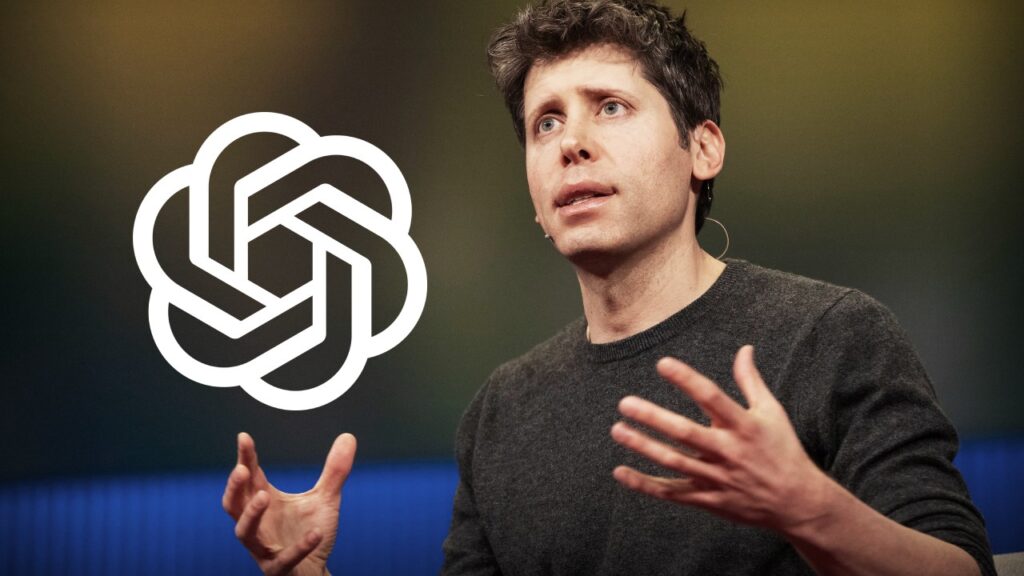The explosive arrival of GPT‑5 has captivated the tech world. Yet, behind the headlines lies a crucial narrative, OpenAI investment strategy. Despite mounting pressure to turn a profit, OpenAI CEO Sam Altman unequivocally stated that the company will continue prioritizing growth investing heavily in training, compute, and innovation even if it extends the timeline to profitability. This approach is a masterclass in long term vision and aggressive scaling.
Success doesn’t always mean immediate returns. Instead, he champions exponential growth built on sustained investment. This OpenAI investment strategy underscores a willingness to absorb losses, allowing powerful AI capabilities like GPT‑5 to mature and reach their full potential.
Last year, OpenAI projected roughly $5 billion in losses on $3.7 billion in revenue, highlighting how heavily it leaned into expansion. Today, with annual recurring revenue expected to exceed $20 billion, profitability remains a distant friend but not a sacrificed one. invest now, profit later. This is a bold move that separates OpenAI from peers chasing short term financial wins.
Why Going Hard on Investment Makes Sense
By doubling down on compute and research, OpenAI retains its competitive edge, reinforcing its leadership in large scale language models. The longer you lead, the harder it becomes for new entrants to catch up.
Embedding GPT-5 into diverse applications from enterprise tools to creative software builds an ecosystem that becomes self reinforcing. Revenue may trail now, but future scaling and product integration will be frictionless.
High investment signals ambition, drawing top tier researchers and engineers who thrive in cutting edge environments. Sustained funding enables long term, exploratory projects that define the next generation of AI breakthroughs.
OpenAI’s compute power isn’t just about training models it’s about building infrastructure, improving efficiency, and controlling costs at scale. Larger investments now yield economies of scale later. Altman’s declaration willing to run the loss isn’t reckless. It’s a calculated investment in dominance, resilience, and future returns.
Bold Investments that Paid Off
Amazon’s push into cloud computing began as a cost center, but relentless investment eventually created an empire. Today, AWS is a foundational profit engine and a platform for innovation across industries.
Tesla’s expansive, expensive factories were criticized early on. Yet, they enabled cost efficient EV production at massive scale, positioning Tesla as the global electric vehicle leader.
Projects like Waymo, Wing, and DeepMind began far from profitable. But long term commitment allowed them to flourish and define new technology frontiers. These examples echo OpenAI’s path, major upfront investments can unlock game changing returns down the line.
What matters most now is not the bottom line, but the capability. OpenAI is building tomorrow’s infrastructure profits will follow. Dr. Elena Morales, AI policy researcher
You can’t scale AI without scale. If OpenAI pulled back now, competitors would close the gap. Sustained investment is the only way to stay ahead. Ravi Shah, former compute lead at tech unicorn X
These voices reinforce that, in AI, the foundational advantage lies in continuous investment and capability building, not short term payouts.
As an observer, the significance of OpenAI’s strategy resonates deeply. We’re looking at a company that sees far beyond quarterly earnings one focused on long term technological sovereignty. It’s a philosophy that doesn’t just shape its bottom line, it influences the tone and tempo of global AI progress.
For students and developers alike, this strategy sends a powerful message, mastery over time is often more important than momentary gain. Growth backed by bold belief, rooted in vision, can yield freedom in innovation and direction.
Expert Voices and Community Response
In online forums, startup founders and AI enthusiasts echo this sentiment. Watching OpenAI double down after GPT‑5 shows they’re safe guarding tomorrow’s AI foundation, not just chasing hype. This level of conviction offers reassurance. They’re not just creating models they’re building the world’s AI bedrock.
These grassroots reactions underline how OpenAI’s investment strategy inspires both industry and individual innovators alike. OpenAI’s audacious commitment to growth and its willingness to operate at a loss is a manifesto for long term ambition. By anchoring on OpenAI investment strategy, the company emphasizes leadership, resilience, and ecosystem development over short term profits.
Through case studies, expert commentary, and reflective analysis, it’s clear, bet big now to lead later. Sam Altman’s message is simple yet profound, investing in what’s next can transcend immediate returns because history favors the bold.

